Friday 1st May 2020
Rotator cuff injury is one of the most common causes of shoulder pain and dysfunction.
In fact, up to 85 per cent of shoulder problems relate to the rotator cuff. For people who experience reduced or significant loss of function this can be really debilitating and stressful. And from my own experience I know how frustrating a shoulder injury can be, especially not being able to do what you enjoy most.
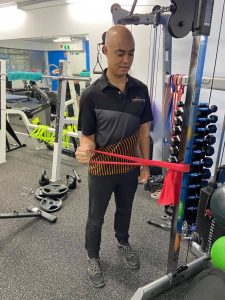
The rotator cuff consists of the supraspinatus, infraspinatus, teres minor and sub-scapularis (SITS) muscles and tendons. These muscles act as important dynamic stabilisers of the glenohumeral joint. Balancing strength and mobility of the rotator cuff is key to ensuring optimal function of the shoulder girdle. Essentially, the rotator cuff adds stability especially when performing everyday activities like lifting objects and carrying shopping bags as well as playing sports like swimming, tennis, volleyball and baseball.
After 3 months of shoulder pain, my physiotherapist and I worked out a program that included strengthening these important areas. This has been very helpful for my own recovery as well as understanding the complexities of the shoulder.
During rehabilitation management principles of rotator cuff shoulder pain should include education, relative rest or modifying daily activities and a graduated exercise program ideally supervised by your physiotherapist.
Below are 4 exercises that can be used to strengthen the rotator cuff and scapular, however, these should be modified to suit your needs, condition, and stage of recovery. Typically, the focus of any rehabilitation program will include strengthening the external rotators, internal rotators, and addressing scapula weakness and or dysfunction.
As always seek health professional advice before performing exercises. With regular and diligent practice, maintaining good technique and progressing gradually these exercises will help you to strengthen and stabilise the rotator cuff and scapula. Enjoy your exercise and aim to have a happy shoulder.
References
1.Mehta S, Gimbel JA, Soslowsky LJ. Etiologic and pathogenetic factors for rotator cuff tendinopathy. Clinical Sports Medicine. October 2003; 3(2): 96-99
2.Franklyn-Miller A, Falvey E, McCrory P, and Brukner P. Clinical Sports Anatomy. McGraw-Hill 2011
To find out how we can help please do not hesitate to contact our friendly team on (02) 6210 0060 or book an appointment online.


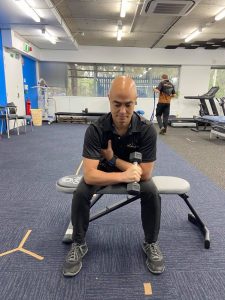
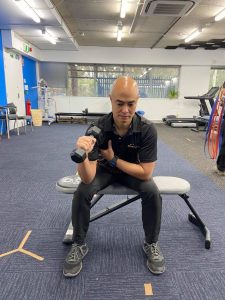
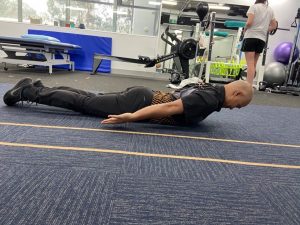
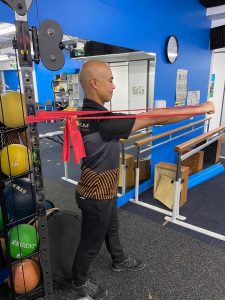
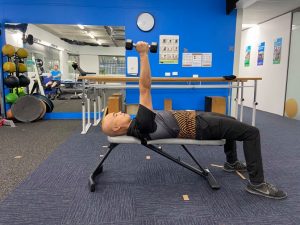
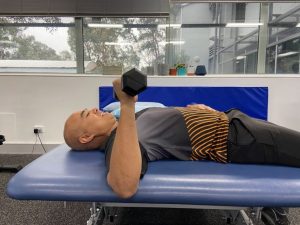
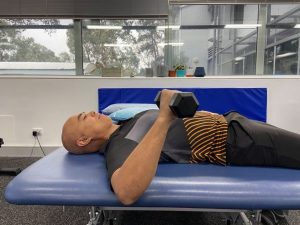
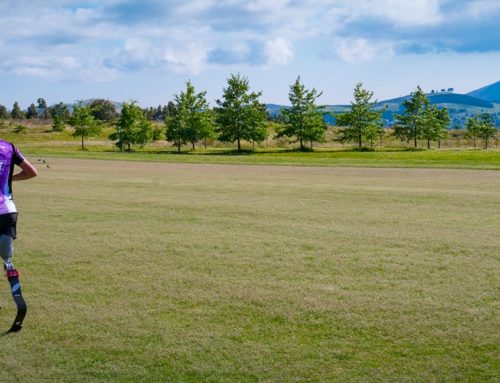
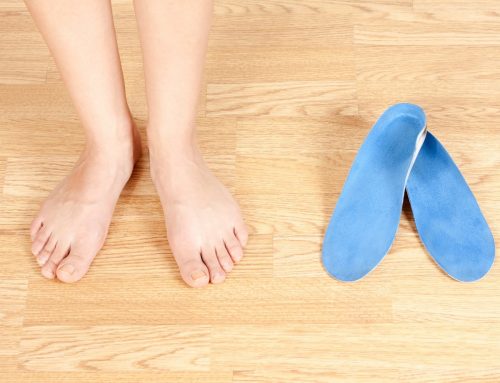

Leave A Comment